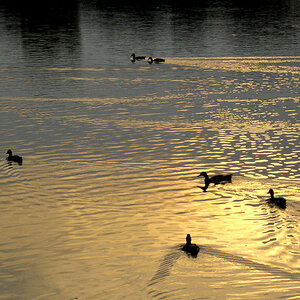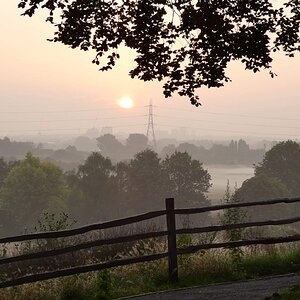DIRT
TPF Noob!
- Joined
- Sep 27, 2004
- Messages
- 380
- Reaction score
- 5
- Location
- Long Beach CA.
- Website
- www.jfreeman.smugmug.com
Today i tried to do a lift from polaroid 54 type b&w shot. i had the water boiling as said on the polaroid site but couldnt get the emulsion to lift for the life of me. the corners came up a very small bit but for the most part the picture just curled up in the water. does anybodyt have experience in B&W lifts? thank you



![[No title]](/data/xfmg/thumbnail/39/39470-ad2036a502fde3b73f73e2b45e674866.jpg?1619739042)
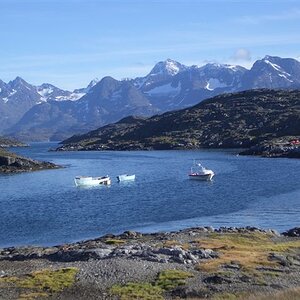

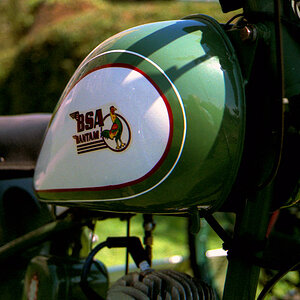
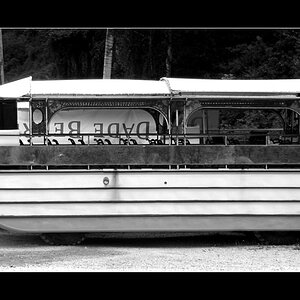
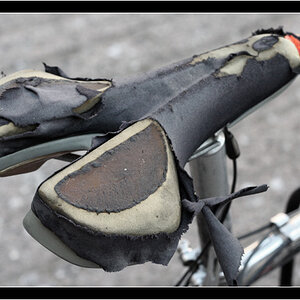



![[No title]](/data/xfmg/thumbnail/35/35223-d0fc07fee19dabe0456b4eeae54536fb.jpg?1619736957)
